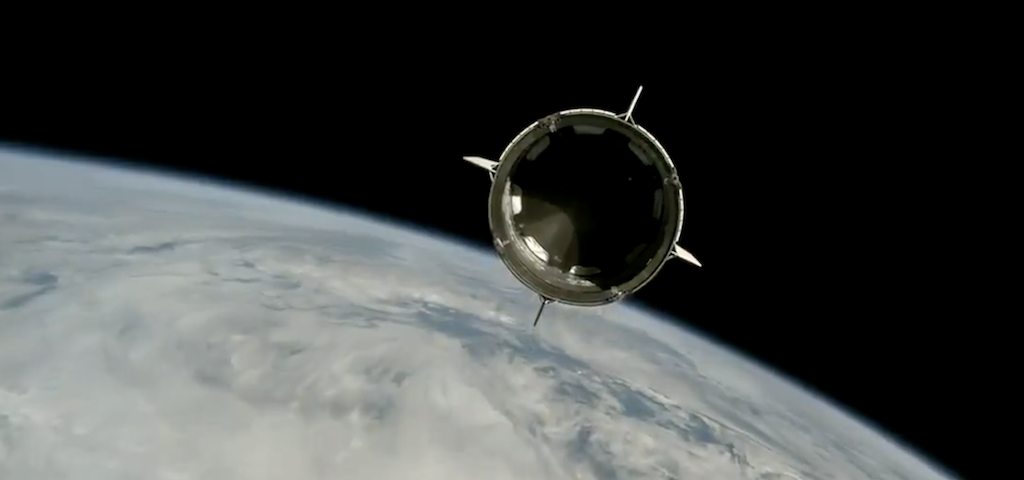
A Falcon 9 booster launched Crew-9 to the International Space Station on Sept. 28.
Credit: SpaceX
A NASA astronaut and a Russian cosmonaut lifted off from Cape Canaveral SFS on Sept. 28 for a 28-hr. trip to the International Space Station (ISS) where they will be joined by two crewmates already onboard the orbital outpost for a six-month mission. SpaceX Crew-9 commander Nick Hague, a veteran...
Subscription Required
Two-Man Crew-9 Lifts Off For Space Station is published in Aerospace Daily & Defense Report, an Aviation Week Intelligence Network (AWIN) Market Briefing and is included with your AWIN membership.
Already a member of AWIN or subscribe to Aerospace Daily & Defense Report through your company? Login with your existing email and password.
Not a member? Learn how you can access the market intelligence and data you need to stay abreast of what's happening in the aerospace and defense community.





